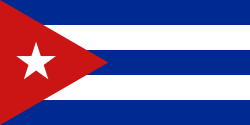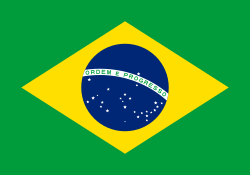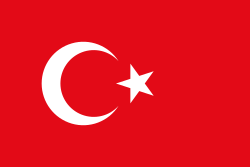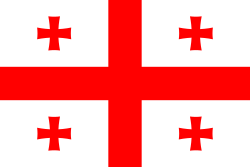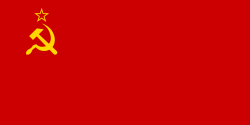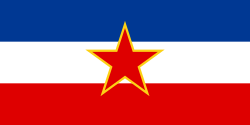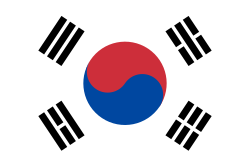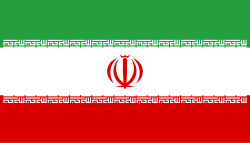Hifumi Abe
| Hifumi Abe | |
|---|---|
 | |
| Datum narození | 9. srpna 1997 (27 let) |
| Místo narození | Kóbe, |
| Stát | Japonsko |
| Výška | 168 cm |
| Sportovní informace | |
| Klub / Dojo | Nippon taiiku daigaku (tok.) |
| Trenéři | Sinčon Acuši (osob.) Minoru Konegawa (repr.) |
| Kategorie | lehká váha |
| Úchop | pravý |
| Oblíbená technika | sode-curikomi-goši, seoi-nage |
| Účast na LOH | bez účasti |
| Údaje v infoboxu aktuální k srpnu 2017 | |
| Přehled medailí | ||
|---|---|---|
| zlato | LOH 2020 | pololehká váha |
| zlato | LOH 2024 | pololehká váha |
| stříbro | LOH 2020 | smíšené družstvo |
| Mistrovství světa v judu | ||
| zlato | MS 2017 | pololehká váha |
| zlato | MS 2018 | pololehká váha |
| zlato | MS 2022 | pololehká váha |
| zlato | MS 2023 | pololehká váha |
| bronz | MS 2019 | pololehká váha |
Hifumi Abe (japonsky 阿部一二三, * 9. srpna 1997 Kóbe, Japonsko) je japonský zápasník–judista.
Sportovní kariéra
S judem začínal v 6 letech v kroužku. Vrcholově se připravuje v Tokiu na univerzitě Nippon taiiku daigaku pod vedením Sinčona Acušiho. V japonské seniorské reprezentaci se pohybuje od roku 2014 v pololehké váze do 66 kg. V roce 2016 se kvalifikoval na olympijské hry v Riu, ale v japonské nominace musel ustoupit zkušenějšímu Masaši Ebinumovi.
Hifumi Abe je pravoruký judista, představitel klasické japonské školy juda s výstavní technikou sode-curikomi-goši a seoi-nage.
Vítězství
- 2014 - 1x světový pohár (Kano Cup)
- 2015 - 1x světový pohár (Taškent)
- 2016 - 2x světový pohár (Ťumeň, Kano Cup)
- 2017 - 1x světový pohár (Paříž)
Výsledky
| Turnaj | 2013 | 2014 | 2015 | 2016 | 2017 | ||||||||||||||||
|---|---|---|---|---|---|---|---|---|---|---|---|---|---|---|---|---|---|---|---|---|---|
| 16 | 17 | 18 | 19 | 20 | |||||||||||||||||
| pololehká váha | |||||||||||||||||||||
| Olympijské hry | — | ||||||||||||||||||||
| Mistrovství světa | — | — | — | 1. | |||||||||||||||||
| Asijské hry | — | ||||||||||||||||||||
| Mistrovství Asie | — | — | — | — | |||||||||||||||||
| MS juniorů | — | 2. | — | — | |||||||||||||||||
| MS dorostenců | 2. | ||||||||||||||||||||
Externí odkazy
 Obrázky, zvuky či videa k tématu Hifumi Abe na Wikimedia Commons
Obrázky, zvuky či videa k tématu Hifumi Abe na Wikimedia Commons - Výsledky a novinky Hifumi Abeho na judoinside.com
- Výsledky a novinky Hifumi Abeho na judobase.org
Média použitá na této stránce
Olympic Rings without "rims" (gaps between the rings), As used, eg. in the logos of the 2008 and 2016 Olympics. The colour scheme applied here was specified in 2023 guidelines.
Olympic Rings without "rims" (gaps between the rings), As used, eg. in the logos of the 2008 and 2016 Olympics. The colour scheme applied here was specified in 2023 guidelines.
Variant version of a flag of Japan, used between January 27, 1870 and August 13, 1999 (aspect ratio 7:10).
(c) I, Cmapm, CC BY-SA 3.0
The flag of the Soviet Union (1955-1991) using a darker shade of red.
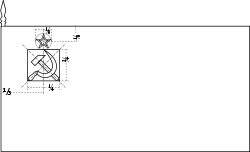
(c) I, Cmapm, CC BY-SA 3.0
The flag of the Soviet Union (1955-1991) using a darker shade of red.

Flag of the Socialist Federal Republic of Yugoslavia (1946-1992).
The design (blazon) is defined in Article 4 of the Constitution for the Republic of Yugoslavia (1946). [1]
Flag of Iran. The tricolor flag was introduced in 1906, but after the Islamic Revolution of 1979 the Arabic words 'Allahu akbar' ('God is great'), written in the Kufic script of the Qur'an and repeated 22 times, were added to the red and green strips where they border the white central strip and in the middle is the emblem of Iran (which is a stylized Persian alphabet of the Arabic word Allah ("God")).
The official ISIRI standard (translation at FotW) gives two slightly different methods of construction for the flag: a compass-and-straightedge construction used for File:Flag of Iran (official).svg, and a "simplified" construction sheet with rational numbers used for this file.
Flag of South Korea from 21 February 1984 to 15 October 1997, when the exact colors were specified into their shades.
Autor: https://www.eju.net/gallery/tashkent-world-championships-senior-2022/246628/?imageId=247037, Licence: CC BY-SA 4.0
Hifumi Abe wins the Tashkent World Senior Championsips 2022



